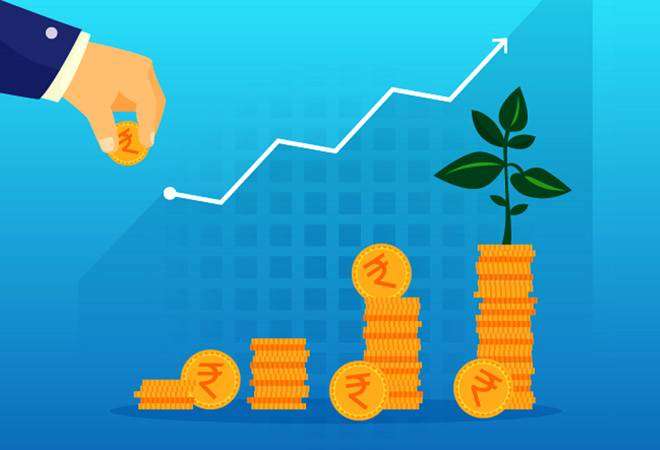What is the PLI scheme?
The PLI scheme aims to –
- cut down on imports.
- capture the growing demand in the domestic market.
In order to boost domestic manufacturing and cut down on import bills, the central government in March this year introduced a scheme that aims to give companies incentives on incremental sales from products manufactured in domestic units. Apart from inviting foreign companies to set shop in India, the scheme also aims to encourage local companies to set up or expand existing manufacturing units.
Which key sectors have the PLI been implemented in?
| Priority | Sectors | Implementing Ministry/Department | Approved financial outlay (Rs.crore) |
| 1 | Advance Chemistry Cell (ACC) Battery | NITI Aayog and Department of Heavy Industries | 18100 |
| 2 | Electronic/Technology Products Products | Ministry of Electronics and Information Technology | 5000 |
| 3 | Automobiles & Auto Components | Department of Heavy Industries | 57042 |
| 4 | Pharmaceuticals drugs | Department of Pharmaceuticals | 15000 |
| 5 | Telecom & Networking Products | Department of Telecom | 12195 |
| 6 | Textile Products: MMF segment and technical textiles | Ministry of Textiles | 10683 |
| 7 | Food Products | Ministry of Food Processing Industries | 10900 |
| 8 | High-Efficiency Solar PV Modules | Ministry of New and Renewable Energy | 4500 |
| 9 | White Goods (ACs & LED) | Department for Promotion of Industry and Internal Trade | 6238 |
| 10 | Speciality Steel | Ministry of Steel | 6322 |
| Total | - | - | 145980 |
“The objective is really to make India more compliant with our WTO (World Trade Organisation) commitments and also make it non-discriminatory and neutral with respect to domestic sales and exports,”
-Rajat Kathuria, director and chief executive of the policy think tank. (ICRIER)
How will the PLI scheme benefit?
The PLI scheme across these 10 key specific sectors will make Indian manufacturers globally competitive, attract investment in the areas of core competency and cutting-edge technology; ensure efficiencies; create economies of scale; enhance exports and make India an integral part of the global supply chain.
Promotion of the manufacturing sector and creation of a conducive manufacturing ecosystem will not only enable integration with global supply chains but also establish backward linkages with the MSME sector in the country. It will lead to overall growth in the economy and create huge employment opportunities.
The Prime Minister's clarion call for an 'AatmaNirbhar Bharat' envisages policies for the promotion of an efficient, equitable, and resilient manufacturing sector in the country. Growth in production and exports of industrial goods will greatly expose the Indian industry to foreign competition and ideas, which will help in improving its capabilities to innovate further.
What would the sectoral impact be?
India is expected to have a USD 1 trillion digital economy by 2025. Additionally, the Government's push for data localization, the Internet of Things market in India, projects such as Smart City and Digital India are expected to increase the demand for electronic products. The PLI scheme will boost the production of electronic products in India.
ACC battery manufacturing represents one of the largest economic opportunities of the twenty-first century for several global growth sectors, such as consumer electronics, electric vehicles, and renewable energy. The PLI scheme for ACC battery will incentivize large domestic and international players in establishing a competitive ACC battery set-up in the country.
So this was it about the PLI scheme if you want to explore more investment opportunity so click here. If you want to get a free Demat account Click here.
.Source – Indian Express Interview, Government of India release on PLI.




_(1)_6050e27e162d6.jpg)
_(1)_(1)_(1)_6040afe389cbc.jpg)
